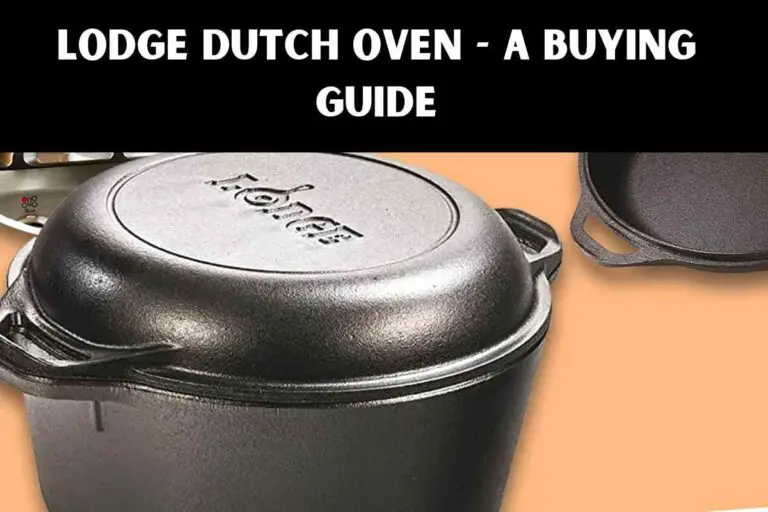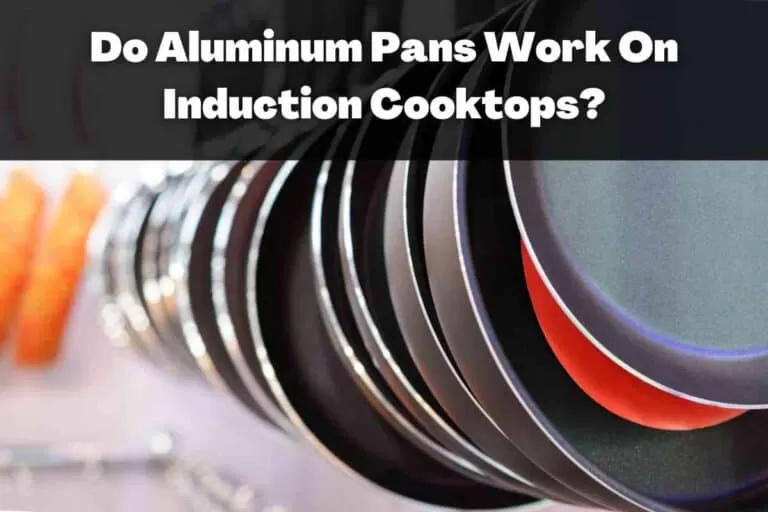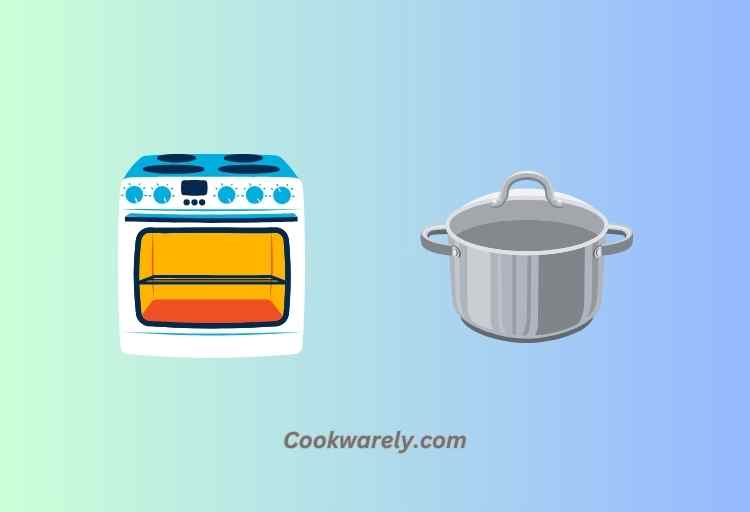Are Stainless Steel Pots Induction Ready? 6 Considerations!
Induction cooktops work by using magnets to create heat in your pots and pans. To make this happen, your cookware needs to be made of a special type of stainless steel that magnets can stick to.
Yes, Stainless Steel pots can be induction-ready, but they must have a magnetic grade, such as Stainless Steel 432 or ferritic stainless steel. They work with induction cooktops, which use magnetic fields to generate heat in the cookware. Always check for compatibility markings or use a magnet to test.
If your pots and pans aren’t “induction-ready,” they won’t work properly on these cooktops. So, it’s important to use the right kind of stainless steel to make your cooking experience efficient and safe.
- Magnetic Grade: Choose stainless steel with magnetic properties like Stainless Steel 432 for induction compatibility.
- Flat, Thick Bottom: Ensure pots have a flat, thick bottom for even heating on induction cooktops.
- Quality and Brand: Opt for reputable brands with marked induction-compatible cookware for reliability.
6 Factors to Consider for Stainless Steel Pots to Be Induction Ready
| Factors | Description |
|---|---|
| Magnetic Grade | Stainless steel with magnetic properties (e.g., Stainless Steel 432) for induction compatibility. |
| Flat, Thick Bottom | Pots should have a flat, thick bottom to ensure even and efficient heat transfer on induction cooktops. |
| Quality and Brand | Opt for trusted brands offering induction-compatible cookware, ensuring durability and performance. |
| Conductive Material | Some induction-ready pots include copper or aluminum layers inside for improved heat conductivity. |
| Compatibility Testing | Use a magnet to check if your stainless steel pot sticks; if it does, it’s likely suitable for induction cooking. |
| Manufacturer Markings | Look for special symbols or inscriptions on the pot’s bottom, which manufacturers often use to indicate induction compatibility. |
Key Takeaways
- Size and Shape: Choose pots that fit comfortably on your induction cooktop and suit your cooking needs.
- Handle Material: Handles should be heat-resistant and securely attached to the pot.
- Maintenance: Consider ease of cleaning and whether the pot is dishwasher-safe.
- Price: Evaluate your budget and select pots that offer the best value for your investment.

Five Facts About Induction Cooktops
- Induction cooktops use magnets to heat pots, requiring magnetic-grade stainless steel.
- Induction cooking is quick, energy-efficient, and offers precise temperature control.
- These cooktops remain cool to the touch, enhancing safety, and shut off automatically when cookware is removed.
- Induction cooktops have a flat, easy-to-clean surface without nooks and crannies.
- Induction-compatible pots include stainless steel, cast iron, and some non-stick options, expanding cooking possibilities.
What Is Induction Cooking?
Induction cooking uses electromagnetic energy to produce heat inside a pan or cooktop. It is a more energy-efficient way to cook because the heat is delivered faster to the food.
This results in food cooking 25 to 50 percent faster than conventional cooking methods. In addition, induction cooktops don’t generate harmful fumes or require adequate ventilation.
The technology is simple enough that you can use it with your ordinary cooking methods. You won’t need a complicated understanding of electromagnetism to understand the concept.
The science behind it is simple: changing the magnetic field of an electrical current produces magnetism. This magnetism is then converted into electricity.
Induction cooking is also safer, as the heat is transferred directly to the cookware, reducing the risk of burns and other injuries.
Additionally, because there’s no flame, gas, or electricity, induction cooking requires no ventilation and doesn’t emit fumes. Moreover, induction cooking is compatible with most types of cookware.
What Types Of Cookware Are Induction-Ready?
Induction-ready cookware has a special bottom that allows it to cook with an induction range.
The bottom of the pan or pot will either be marked with a special coil or a zig-zag line. The pot or pan will not work on an induction range if the bottom is not marked.
Induction-ready cookware comes in dozens of varieties. Some of the most popular types are made of iron-rich, magnetic materials.
Other induction-ready options are made of clad copper, which has a stainless exterior and magnetic interior. Some induction-ready cookware is also made of aluminum.
To ensure your cookware is induction-ready, it should be made from a metal that is ferromagnetic. This includes cast iron and certain types of stainless steel.
The best way to check if your cookware is induction-ready is to test it with a magnet to make sure it’s safe for use.
How Do You Know If A Pot Is Induction-Ready?
One of the best ways to tell if your stainless steel pot is induction-ready is to do a quick magnetic test. This simple test requires you to use a small magnet, such as a refrigerator magnet. If the magnet sticks to the bottom of the pan, it means that your pan is induction-ready.
If you’re going to use an induction cooktop, you’ll need to use induction-ready cookware. You can purchase this type of cookware or convert an existing set.
Induction heating works by transferring magnetic energy from the burners to the cookware. This allows you to cook faster while also maintaining precise temperature control.
To use induction technology, you’ll need a magnetic stainless steel pot or pan. Stainless steel pots and pans made of non-clad stainless steel are best. They must also have a magnetic base.
Are Stainless Steel Pots Induction Ready?
1. Magnetic Properties Matter
Stainless steel pots need to possess specific magnetic properties to be ready for induction cooking. Not all stainless steel is created equal in this regard. It’s essential to look for stainless steel with magnetic characteristics.
2. Types of Magnetic Stainless Steel
To ensure your stainless steel pots are induction-ready, consider using specific types known for their magnetic properties. Stainless Steel 432 and ferritic stainless steel are examples of suitable choices.
3. Efficient Heat Transfer
Induction cooktops rely on magnetic fields to generate heat directly within the cookware. Stainless steel with the right magnetic properties ensures efficient heat transfer, making your cooking experience both quick and energy-efficient.
4. Conductive Layers for Improved Performance
Many induction-compatible stainless steel pots feature additional layers inside, such as copper or aluminum. These layers enhance heat conductivity, allowing for more even cooking and better responsiveness to changes in temperature.
5. Easy Compatibility Testing
A straightforward way to determine if your stainless steel pot is ready for induction is to perform a simple compatibility test. All you need is a regular magnet. If the magnet sticks to the pot’s bottom, it’s an indicator of compatibility.
6. Manufacturer Markings for Clarity
Manufacturers often provide clarity by marking induction-compatible cookware with special symbols or inscriptions on the bottom. This makes it easier for consumers to identify suitable pots and pans for their induction cooktops.
Conclusion
In summary, for your stainless steel pots to work on induction cooktops, they need to have some special magnetic qualities.
You can find stainless steel types like Stainless Steel 432 that work well. Some pots have extra layers inside to make them even better for cooking. You can also check if your pots are okay for induction with a simple magnet test.
Sometimes, the pots have special markings on the bottom to show they’re good for induction. These things make cooking on induction easier and more efficient.






